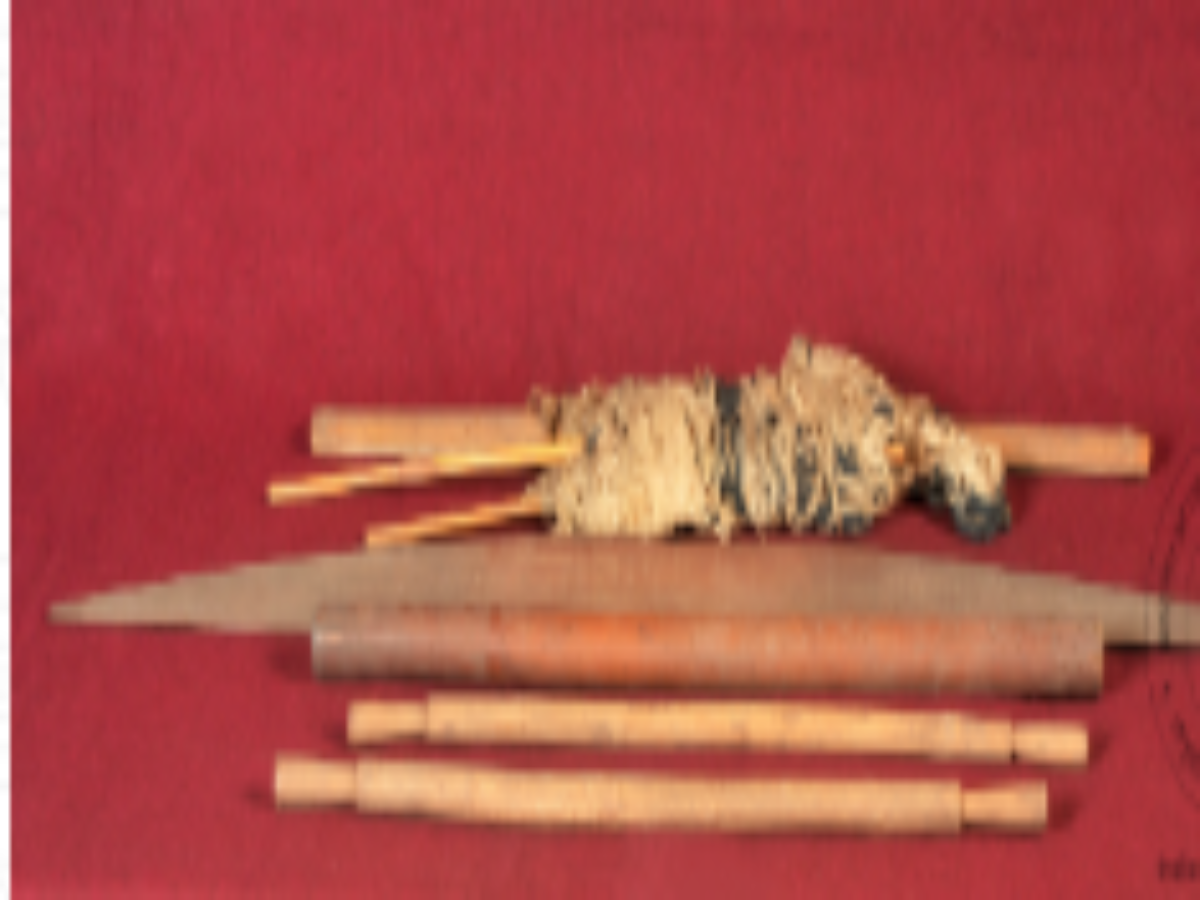State
Tribe Name
Art Type
short description
The Angami Naga is a resident of Kohima district, Nagaland and the connoisseur of high-class silk weaving and the best hand-wovens ever. It depicts such cultural expression associated with the usage of traditional weaving equipment, which happens to be an extremely ingeniously simple, yet very effective, set of tools for weavers to perform their work into unique tribal patterns on garments. All the seven components of wooden weaving apparatus in the English Angami as stated below are relevant because though all seven are used for establishing a manual loom well. Locus of bamboo, of wooden sticks and the other reeds: they are wrapped with cotton thread, thus forms the loom basic structure. This apparatus is mostly used by backstrap loom weaving. One end of the apparatus is fastened to some stationary object and the other end is brought into contact with a strap around the weaver's waist.
Thumbnail

Filter Postion
Left
Filter Background
Off
Theme
Filter Header Image

content
Image

description
The Angami Naga is a resident of Kohima district, Nagaland and the connoisseur of high-class silk weaving and the best hand-wovens ever. It depicts such cultural expression associated with the usage of traditional weaving equipment, which happens to be an extremely ingeniously simple, yet very effective, set of tools for weavers to perform their work into unique tribal patterns on garments. All the seven components of wooden weaving apparatus in the English Angami as stated below are relevant because though all seven are used for establishing a manual loom well. Locus of bamboo, of wooden sticks and the other reeds: they are wrapped with cotton thread, thus forms the loom basic structure. This apparatus is mostly used by backstrap loom weaving. One end of the apparatus is fastened to some stationary object and the other end is brought into contact with a strap around the weaver's waist.
In fact, this is the loom widely used by Angami women trained to weave from their childhood, who produce traditional shawls, skirts, and wraps that are adorned with geometric motifs and symbolic patterns relating to clan identity, social status, or ritual significance. The use of bamboo and wood in addition to the handspun cotton thread goes on to indicate self-sustaining resource utilization by the tribe. But speaking in reality, the weaving apparatus is only a mere tool yet symbolically, it epitomizes everything that the Angami culture represents: women's creativity as well as ancestral legacy which ties each woven textile to the identity of the tribe.
In fact, this is the loom widely used by Angami women trained to weave from their childhood, who produce traditional shawls, skirts, and wraps that are adorned with geometric motifs and symbolic patterns relating to clan identity, social status, or ritual significance. The use of bamboo and wood in addition to the handspun cotton thread goes on to indicate self-sustaining resource utilization by the tribe. But speaking in reality, the weaving apparatus is only a mere tool yet symbolically, it epitomizes everything that the Angami culture represents: women's creativity as well as ancestral legacy which ties each woven textile to the identity of the tribe.
Image Mode
landscape
promoted
On
Verified
Off
